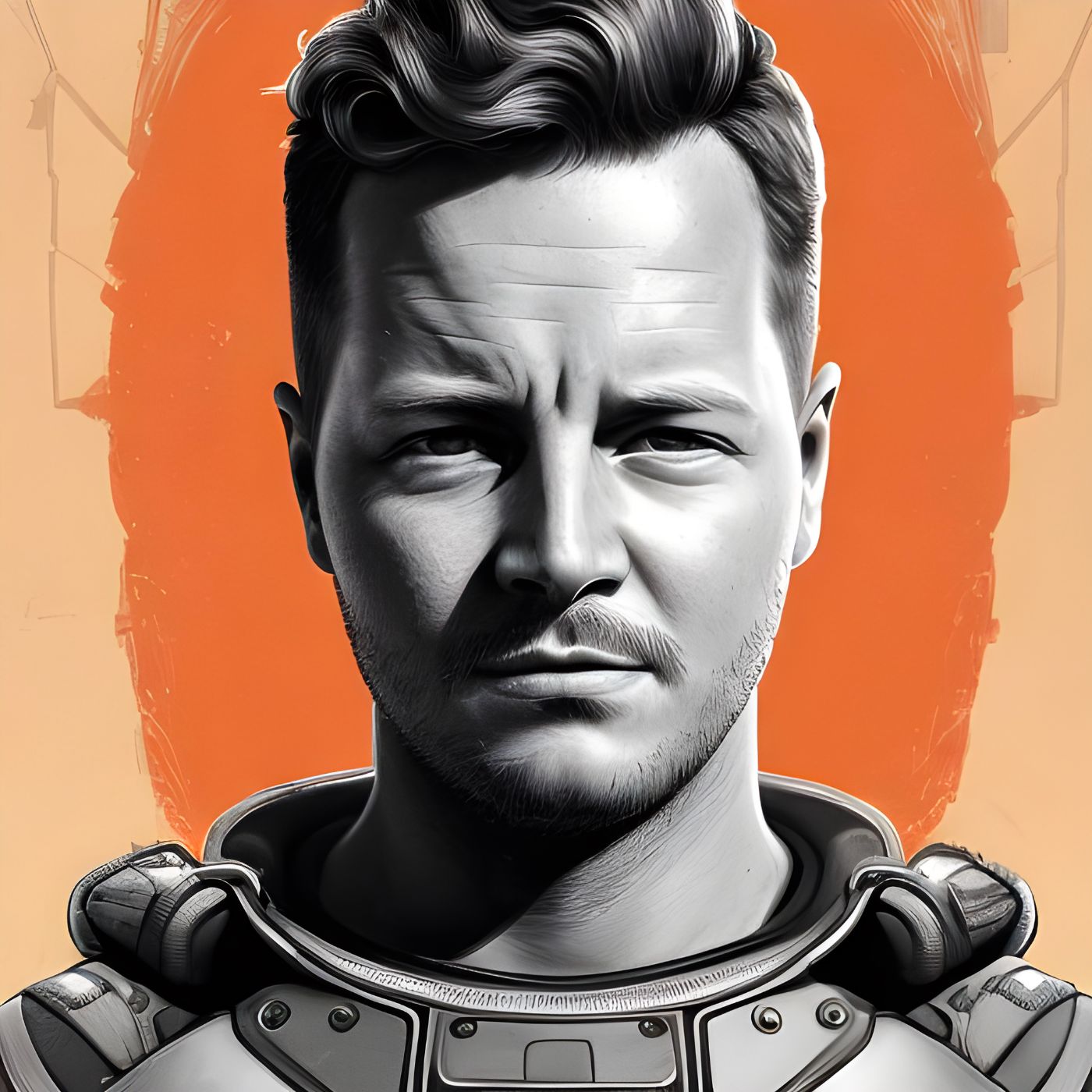332 reads
Bear Market Blues: The State of NFT Trends, Challenges, and Opportunities in 2023
by
October 2nd, 2023
Audio Presented by

Author of the Bitcoin Global Macro, a newsletter focusing on digital assets, macro insights & investment ideas.
Story's Credibility



About Author
Author of the Bitcoin Global Macro, a newsletter focusing on digital assets, macro insights & investment ideas.